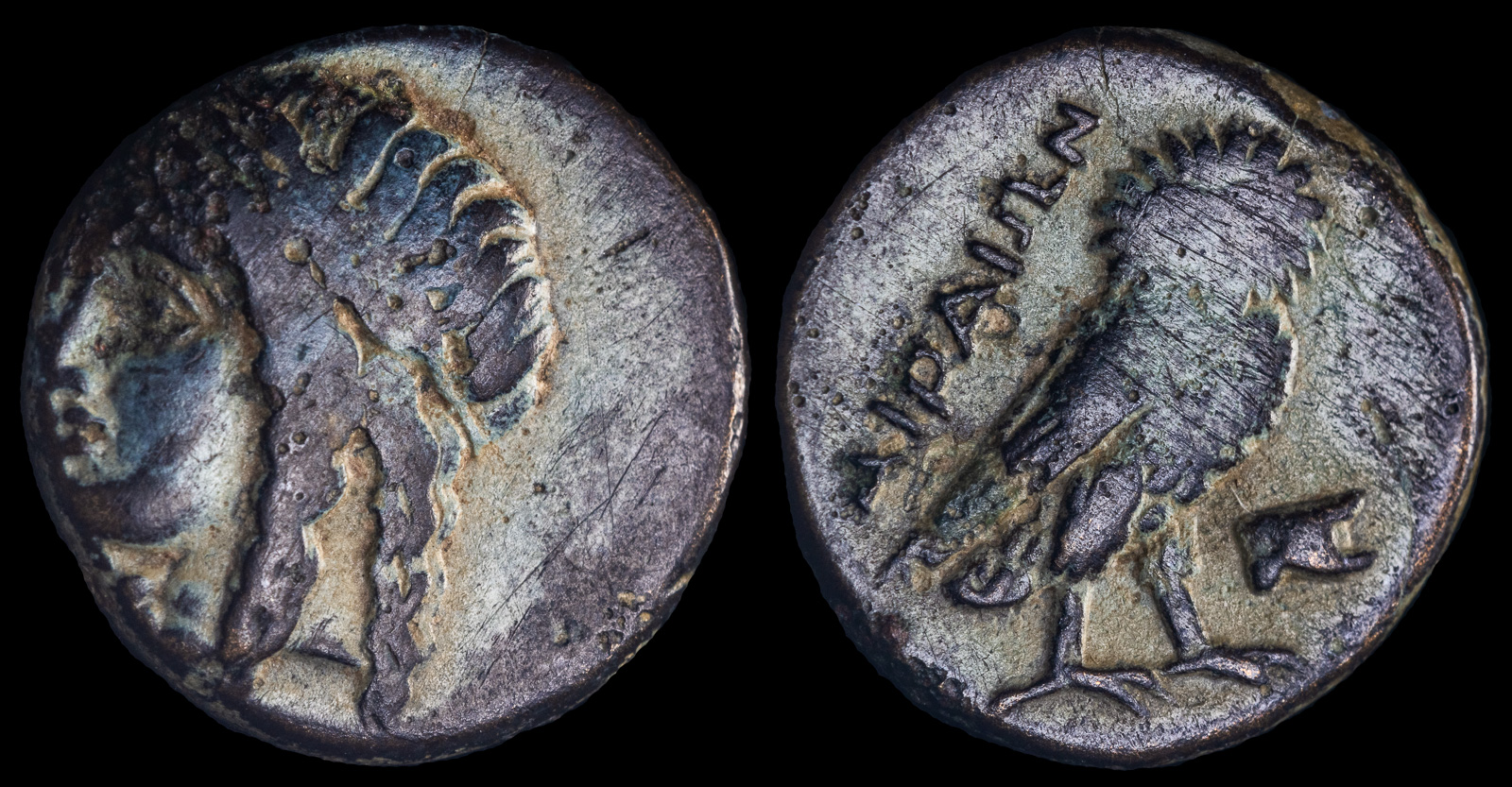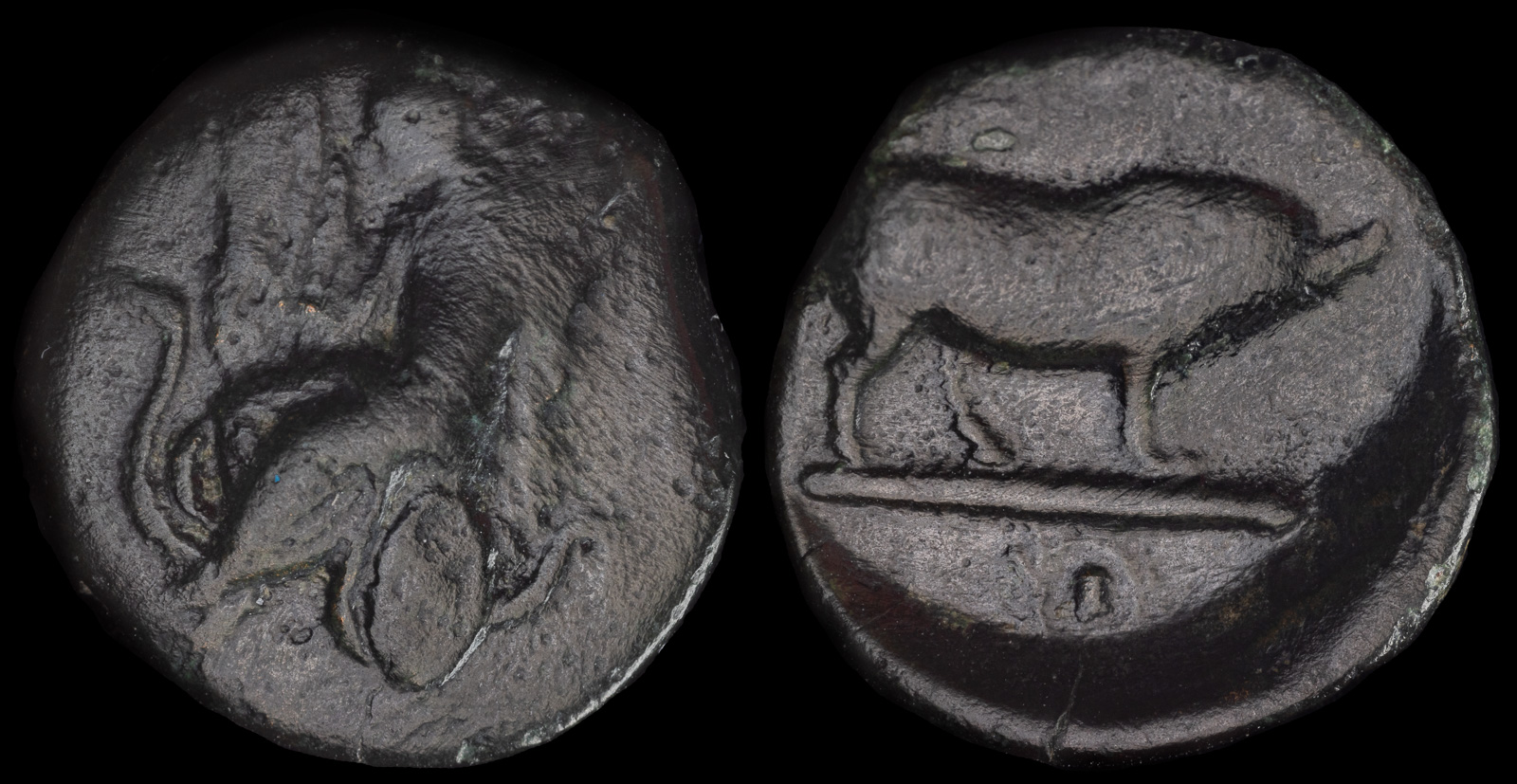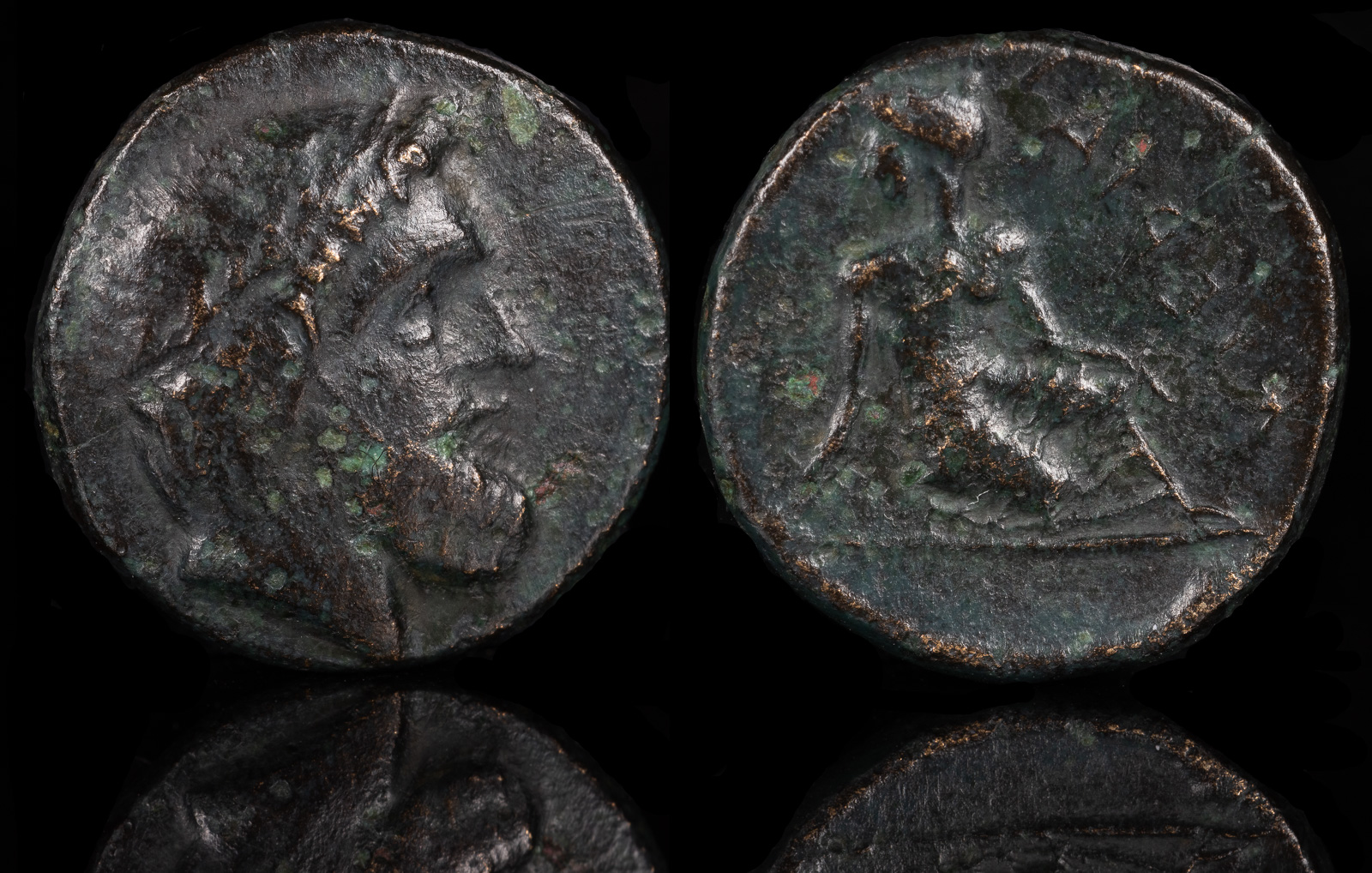Astralagos
View All Tags
In addition to being used for gaming, astragali were sometimes employed in religious rituals. They were considered symbolic of luck and fate, and their role in divination was particularly important. In certain religious practices, astragali were thrown in rituals to determine the will of the gods or divine favor. The random outcome of the throw, similar to dice, was believed to represent the gods’ messages or decisions, and it was a form of casting lots or astragalomancy. These divinatory practices were common in both Greek and Roman religious ceremonies, where the outcome of the toss was interpreted by priests or soothsayers.
Astragali also had a symbolic connection to death and the afterlife in some cultures. In funerary contexts, they were often placed with the deceased, particularly in graves, as offerings to ensure a safe passage to the afterlife or to bring good fortune in the next life. In some instances, the bones were part of ceremonial objects used in burial rites, reflecting the belief that they could influence the fate of the deceased.

Ionia, Airai
Circa 375-350 BCE
Ae 13mm 1.80g
Obv: Laureate head of Apollo left.
Rev: AIPAIΩN. Owl standing right, head facing; astragalos to right.
Amandry, Une monnaie de la cité Ionienne d’Airai, 11-12; Imhoof-Blumer, Kleinasiatische Münze, Supplement p. 512, 1.
Ex Plankenhorn Collection
Ex Hauck & Aufhäuser 2000

Eleusis, Attica
ca. 340 – 335 BCE
17mm 3.1g
Obv: Triptolemos holding grain ear leated left in winged chariot being driven by two serpents
Rev: (ELEYSI); Pig standing right on mystic staff, astragal below
Kroll 38 o-p

Thessaly, Kierion
Early-mid 4th century BCE
Æ 2.22g, 13mm, 10h
Laureate head of Zeus to right
Arne, half-kneeling to right, head reverted, playing with astragaloi; KIEPIAI[ON] (retrograde) before.
Rogers 173; BCD Thessaly II 107.4; HGC 4, 679.
Ex J. Greiff Collection
Ex Roma